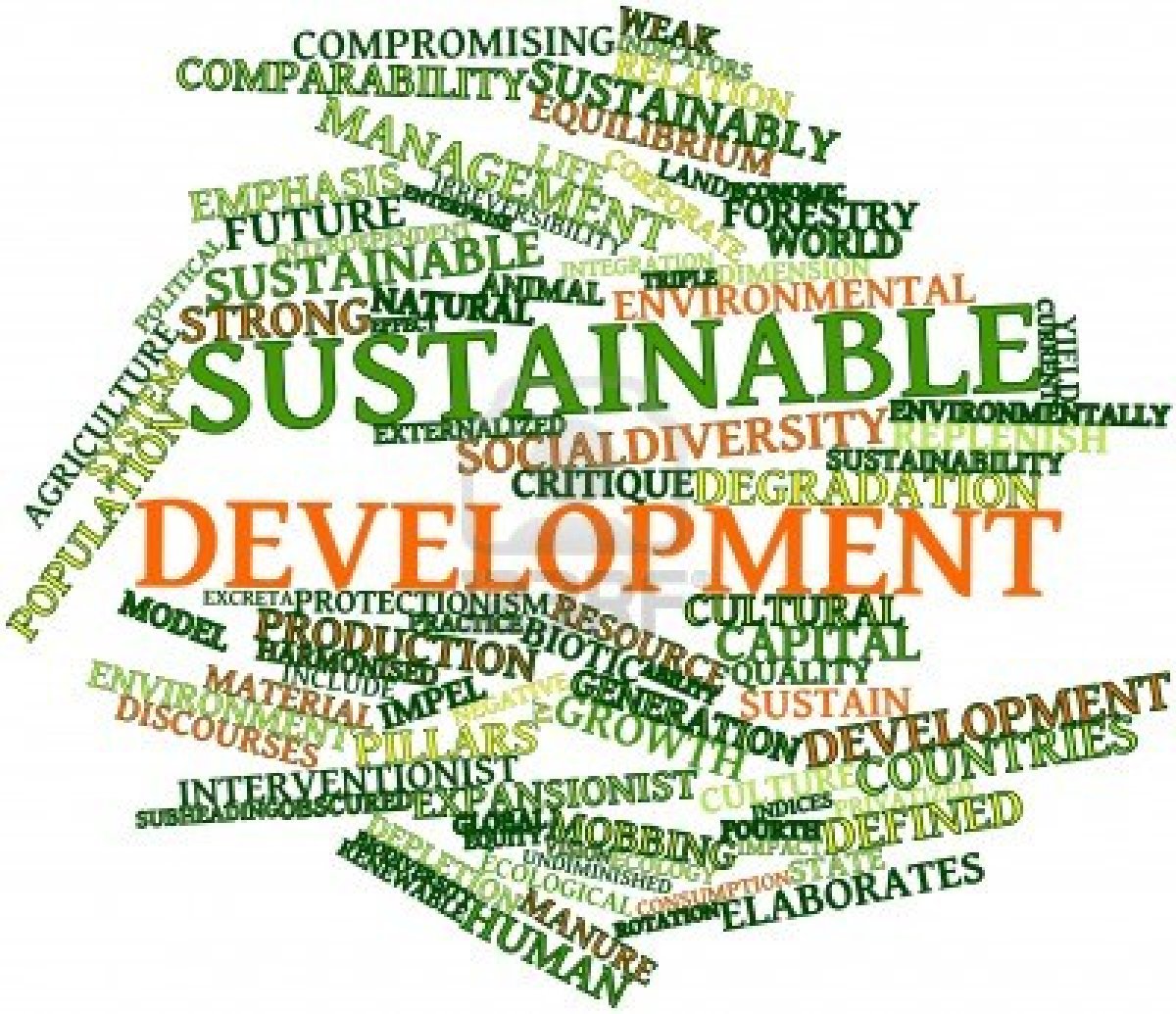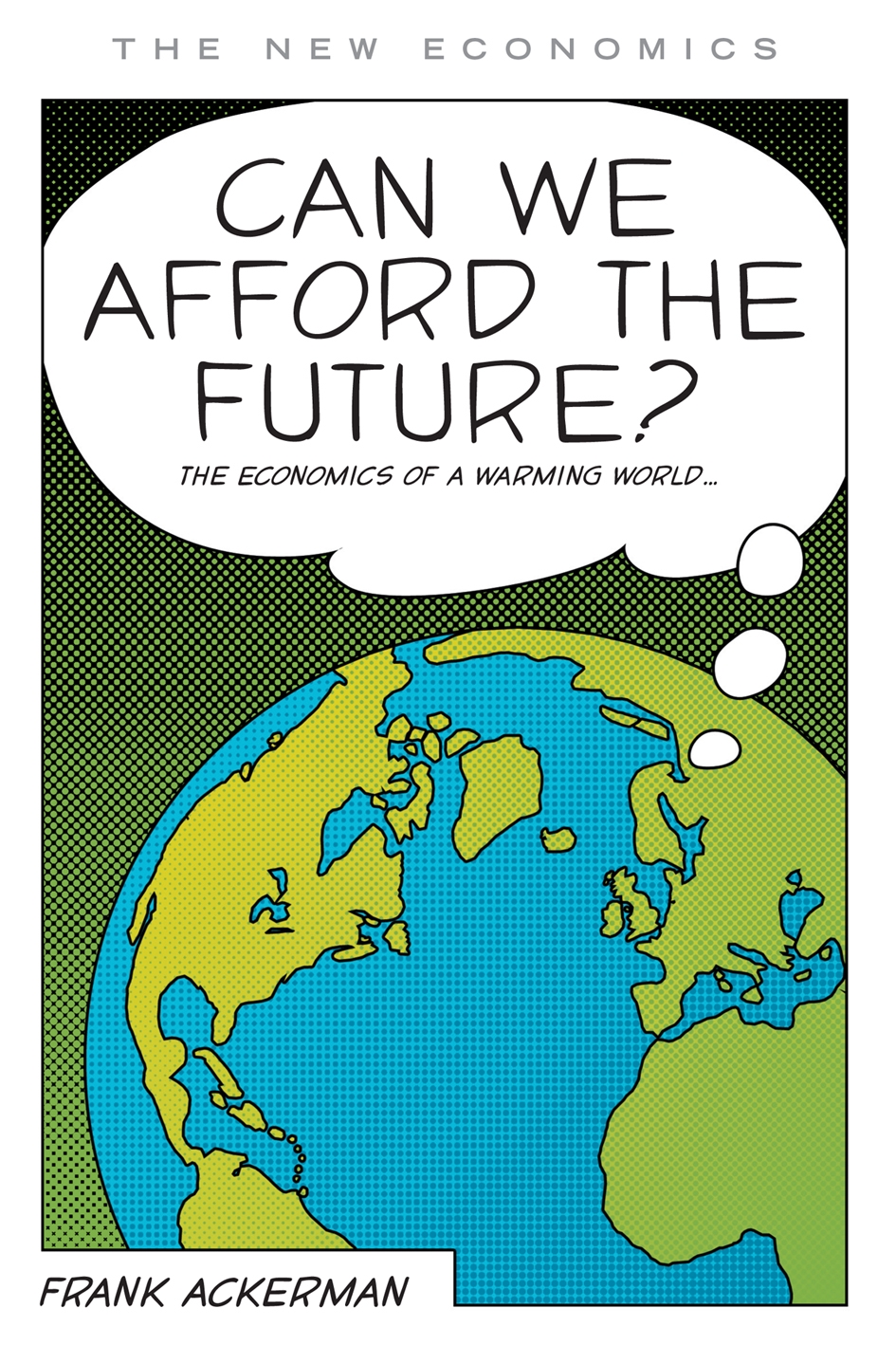By Maeve Hogel
When it comes to talking about climate change, it is easy to leave the conversation feeling like there is no hope left for the world. Greenhouse gas emissions are rising and policies have yet to be drastic enough to bring levels down where they need to be. Sitting in the comfort of a highly developed country, climate change means having to sacrifice some luxuries, like driving large SUVs, that have become customary. Looking through the eyes of a developing country, climate change hits harder and faster, interfering with the ability to ever reach a point where the developed country’s luxuries would even be attainable. Climate change, among other factors, is certainly an obstacle in the way of sustainable development. Developing countries need financial support, incentives to develop sustainably and help adapting to the damage that has already been caused.
The global nature of climate change requires cooperation from all countries, both developed and developing, despite who was historically the source of emissions. However, even with the idea of “common but differentiated responsibilities” supported by the UNFCCC, developing countries inherently get hit harder by climate change and have less ability to do anything about it. South Center’s report, Integrating Development in Climate Change, discusses that idea of developed countries taking a larger role in decreasing emissions in order to give incentives to developing countries to develop in a sustainable manner (South Center, 7). Developing sustainably, by diversifying the energy sector and increasing reliance on renewable energies can be both environmentally and economically beneficial for a developing country. However, most developing countries do not have the money or resources to implement new policies or develop new technologies. If climate change was not a concern, developing countries could continue to develop exactly how the United States did; by industrializing rapidly without a care about how much CO2 is being emitted. Climate change does exist though, and therefore countries need to develop with climate-friendly policies and technologies. South Center states that future climate change policy “should ensure that the best appropriate technologies for climate change monitoring, mitigation and adaptation be a made available to developing countries…”(17). However, how to make these technologies available and how to finance them are the more difficult questions. Essentially, developing countries cannot develop sustainably, in a world where climate change exists, without the assistance of developed countries.
The path to development is a long one. Climate change adds just another obstacle in order for a developing country to develop sustainable. However, obstacles are meant to be overcome, and it is still possible to develop sustainably in a world with climate change. Global cooperation is necessary and shared responsibilities between developed and developing countries. Getting all countries to make the best decisions, not only for themselves, but for the environment has certainly shown not be an easy feat. Climate change makes sustainable development more difficult, but it doesn’t make it impossible.
South Center, Intergrating Development in Climate Change. Nov. 2007.



